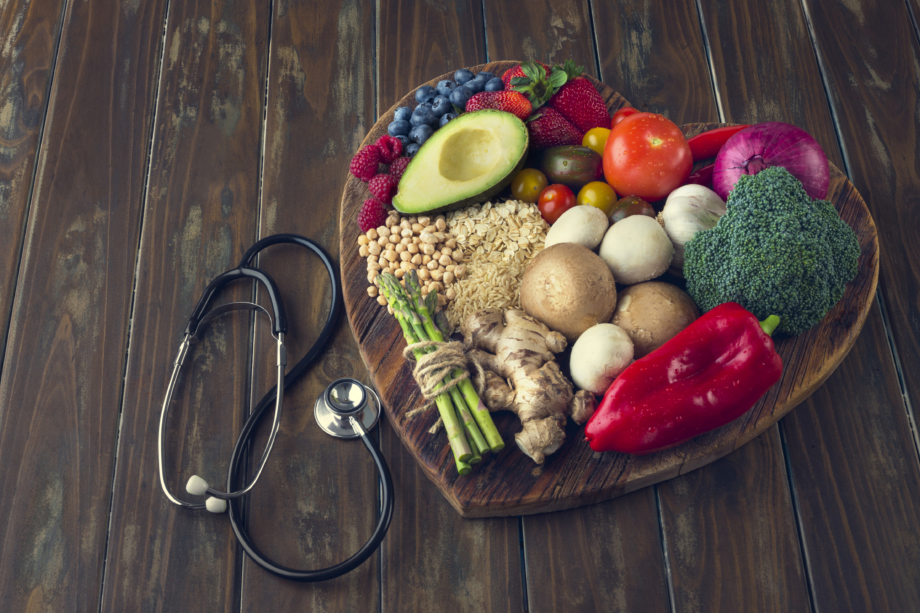
Diabetes and Heart Disease Diet: A Comprehensive Guide
If you are diabetic and have other risk factors for heart disease, you should follow a healthy diet plan. The right food can help keep stable blood sugar levels and reduce the risk of heart disease. This article is the guide one needs to develop a diet and support health for the heart and diabetes.
The Relation Between Diabetes and Heart Disease
That diabetes and heart disease are two diseases that are very closely related is obvious. The more sugar, the more likely it is that most blood vessels will get slightly damaged or predisposed to trapping plaque because of the high sugar level. Further, it decreases the diameter of the blood vessels slowly with irritations, causing a risk of heart attack and stroke. This is in addition to the fact that diabetes will confer a risk of increased blood pressure that exerts more strain on the heart. That is why a diet that addresses both problems is considered very important.
A balanced Dietary intake is vital for both diabetes and heart disease. A patient must focus on whole grains, healthy fats, lean proteins, and plenty of fruits and vegetables for the maintenance of blood sugar and health. Keep an eye on the portion sizes and limit salt and added sugars. Do not forget to drink water. These diet changes can help you increase your health and decrease your risk of complications from either condition. Always consult a healthcare provider or registered dietitian to plan to fit your needs.
Important Dietary Guidelines to Manage Diabetes and Heart Disease
These are the dietary must-haves that one must focus on to manage diabetes and heart diseases effectively:
Key Emphasis on Whole Grains
Whole grains, like brown rice, quinoa, and whole wheat bread, are good sources of fiber. The intake of fiber helps in regulating blood sugar levels, and it can improve heart health by lowering cholesterol levels. Go for whole grains rather than refined grains like white rice and white bread, which have a high potential to raise blood sugar.
Choose Healthy Fats
Sources of healthy fats would be avocados, nuts, seeds, and olive oil. This fat helps with reducing inflammation and lowering bad cholesterol, or LDL, which is good for your heart. Avoid trans fats and forget the saturated fats, because these are in fried foods, pastries, and fatty cuts of meat. Good sources of lean proteins include chicken breast, turkey, tofu, and fish. Fatty fish such as salmon and mackerel, rich in omega-3, bring great benefits to the heart. Omega-3s reduce inflammation and reduce triglyceride levels. Avoid red and processed meats due to a possible increase in risk for heart disease.
Increase Intake of Fruits and Vegetables
Fruits and vegetables are powerhouses of vitamins, minerals, and antioxidants, not to mention they deliver fiber that helps manage blood sugar. While it is great to fill half your plate with veggies and include a variety of colors to consume a rainbow of nutrients, remember some fruits can be high in sugar. Balance these items with low-sugar fruit options like berries.
Watch Your Portions
Check the portion size and keep a check on it while eating. Going for large portions can lead to spiking blood sugar levels, whereas balanced portions will keep it stable. If you are having a party, use smaller plates, measure the portion of each dish, and do not eat until you feel full of food.
Keep the Sodium Intake Under Check
High levels of sodium can contribute to high blood pressure, a risk factor for heart disease. Consume less than 2,300 milligrams of sodium per day, and even less if you have high blood pressure. Always choose fresh, whole foods, which are lower in sodium than processed foods. Added sugars are digested quickly, which spurs a rapid increase in blood sugar levels and leads to weight gain. Avoid added sugars that occur in sugary drinks, candies, and sweet desserts, and use natural sweeteners like cinnamon or small portions of honey in situations when you need that hint of sweetness.
Stay Hydrated Proper hydration is very important for general body health. It regulates blood sugar, and water is healthy for the heart as well. Take at least 8 glasses of water daily and be very moderate with sugary and caffeinated drinks.
Sample Diabetes and Heart Disease Meal Plan
BREAKFAST: Oatmeal sprinkled with a few fresh berries on top and a few chia seeds sprinkled over the top. Serve with Greek yogurt on the side for additional protein.
LUNCH: Salad with grilled chicken, mixed greens, some cherry tomatoes, cucumbers, and avocado with a light vinaigrette; quinoa on the side. Serve with quinoa side.
SNACK: A small handful of almonds with a piece of fruit, like an apple.
DINNER: BAKED SALMON with BROWN RICE SERVING and STEAMED BROCCOLI.
Snack: Small bowl of mixed berries or a few carrots sticks with hummus
Conclusion
A balanced Dietary intake is vital for both diabetes and heart disease. A patient must focus on whole grains, healthy fats, lean proteins, and plenty of fruits and vegetables for the maintenance of blood sugar and health. Keep an eye on the portion sizes and limit salt and added sugars. Do not forget to drink water. These diet changes can help you increase your health and decrease your risk of complications from either condition. Always consult a healthcare provider or registered dietitian to plan to fit your needs.=



